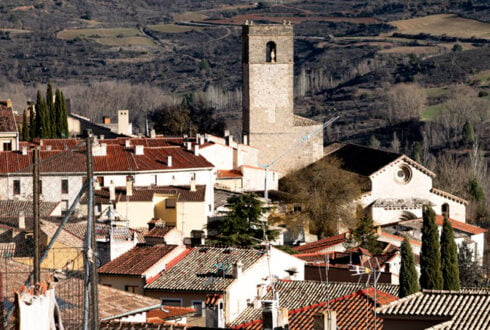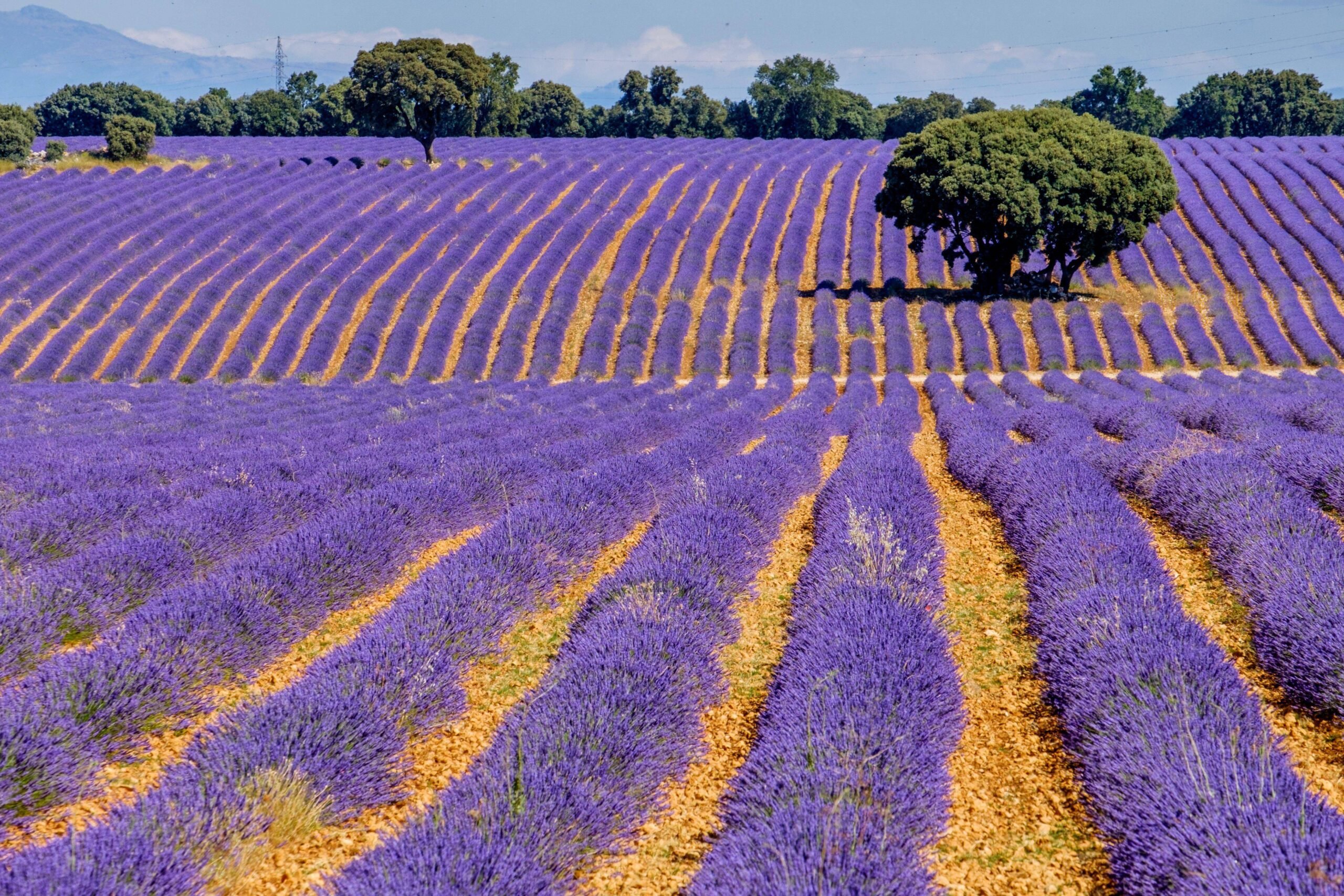THE historic town of Brihuega located in the Tajuña Valley in Guadalajara province possesses a Tuscan-style mixture of heritage and scenic landscapes plus loads of lavender.
It’s located around 100kms north-east of Madrid.
Brihuega is famous for its lavender fields, cultivated over more than 1,000 hectares- accounting for 10% of global production.

It offers a spectacle of colour and aroma that attracts thousands of visitors every summer.
Brihuega led the way in Spanish lavender cultivation 30 years ago.
Since then, the progressive replacement of cereals by this plant has changed the region’s landscape.
Its flowering, which varies according to spring weather conditions, reaches its peak in July, when the fields are tinged with blue and violet.
Brihuega’s tourist offering however is much more than just lavender.
The town, known as the Garden of the Alcarria, preserves its history in monuments such as the castle of Piedra Bermeja, the Arab Caves or the church of Santa María de la Peña.
The Royal Cloth Factory and its Versailles-inspired gardens are also must-sees.
With a population of around 3,000, it has a granite tower on its entrance road which has stood on the site since the 16th century.

Almost two kilometres of the Moorish wall still remain, as well as two entrance gates: Cozagon and Cadena.
Some of the buildings in the castle’s enclosure were built in the 12th century, as well as the fortress’s Gothic chapel.
The 13th century Church of Santa María de la Peña and the ruins of the old Franciscan convent stand beside the enclosure.
If you walk through the streets and squares such as the Calle Mayor, the Plaza del Coso and the Calle de Armas, you’ll discover other monuments and buildings, including the public prison built at the time of Charles III, and the Gomez family mansion.
The Royal Cloth Factory building and its beautiful gardens also stand out – the building is an example of 17th century Spanish industrial architecture; and San José Convent and the churches of San Miguel and San Felipe are worth visiting.
There are also many interesting fountains: some of them with a monumental appearance, such as La Blanquina, with twelve spouts, facing the old wash house at the back.
Click here to read more Olive Press Travel News from The Olive Press.








